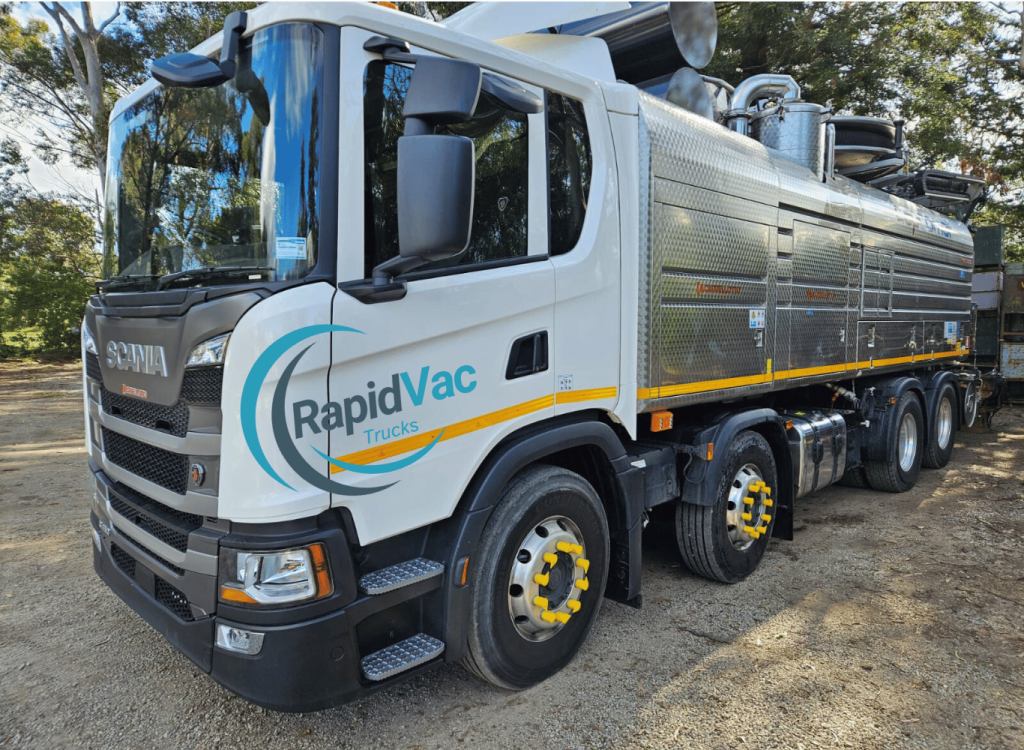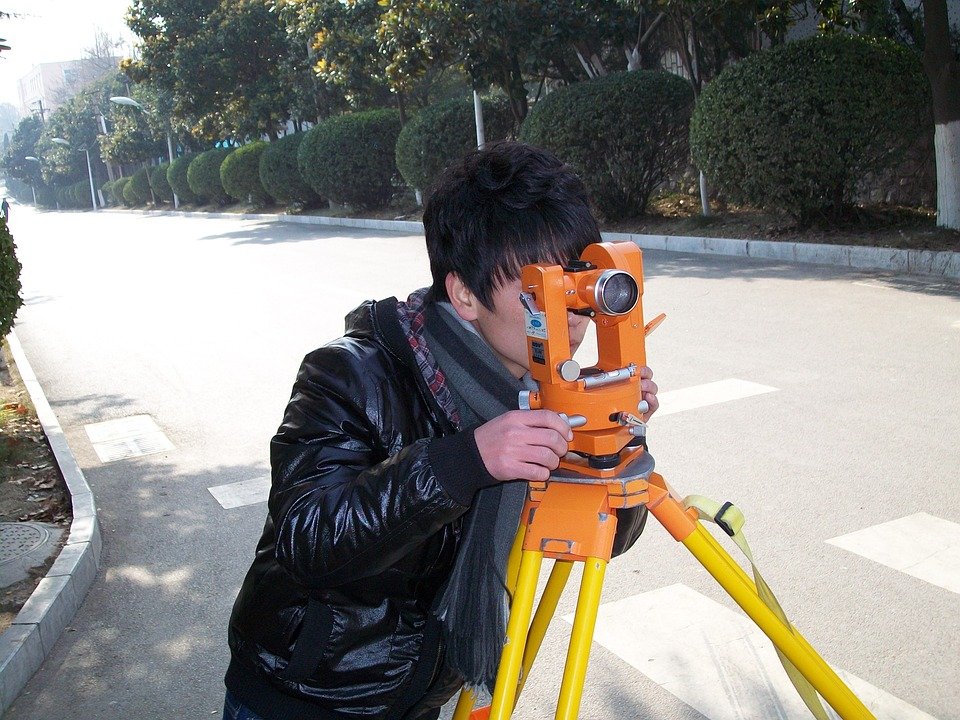
Introduction
Land surveying plays a pivotal role in Australia’s infrastructure development, ensuring that construction and development projects are built on a strong foundation of accurate data. However, surveying often comes with challenges, such as navigating underground utilities, working in environmentally sensitive areas, and handling diverse terrains. Precision is critical, as even minor errors can lead to costly consequences.
To address these challenges, Australian land surveyors increasingly rely on vacuum trucks. These vehicles, equipped with advanced suction and excavation technology, provide safe and accurate solutions for site preparation. This blog explores why vacuum trucks have become an indispensable tool for achieving precise results in land surveying.
The Role of Land Surveying in Infrastructure Development
Land surveying is essential for mapping and understanding the physical features of a site before construction or development begins. It involves measuring and documenting land boundaries, terrain characteristics, and underground utilities to ensure projects are planned with accuracy.
In Australia, surveyors face unique challenges, including dense urban infrastructure in cities like Sydney and Melbourne, vast remote areas, and sensitive ecosystems. These factors demand tools and methods that prioritise precision, safety, and environmental care. Vacuum trucks meet these requirements by enabling surveyors to navigate these complexities effectively.
What Are Vacuum Trucks, and How Do They Work?
Vacuum trucks, also known as vacuum excavation trucks, are specialised vehicles designed for non-destructive excavation. They use a combination of pressurised air or water to break up soil and a high-powered vacuum system to remove it safely.
The process begins with the use of an air or water lance to loosen compacted soil. The loosened material is then suctioned into the truck’s debris tank, leaving the underlying utilities or structures untouched. This non-invasive approach is particularly valuable for Australian land surveyors who need to expose underground features without causing damage.
How Vacuum Trucks Enhance Land Surveying Accuracy
One of the primary reasons Australian surveyors rely on vacuum trucks is their ability to safely expose underground utilities. In urban areas, where networks of pipes, cables, and conduits are densely packed, traditional digging methods risk accidental strikes. Vacuum trucks eliminate this risk, ensuring utilities are clearly identified and preserved during the surveying process.
Additionally, vacuum trucks provide a clean and precise excavation site, making it easier for surveyors to gather accurate data. This level of precision is particularly crucial in infrastructure-heavy areas and projects requiring detailed mapping, such as roadworks and railway upgrades.
Benefits of Vacuum Trucks for Land Surveyors
Vacuum trucks offer numerous advantages, making them a preferred choice for land surveyors across Australia:
Safety
By using non-destructive excavation techniques, vacuum trucks minimise the risk of utility strikes, which can lead to service disruptions, financial penalties, and safety hazards for workers.
Efficiency
Suction excavation is faster than traditional methods, allowing surveyors to prepare sites more quickly. This reduces project timelines and ensures efficient use of resources.
Versatility
Vacuum trucks are capable of operating in various soil conditions and terrains, from sandy coastal areas to clay-heavy regions. This versatility makes them suitable for projects across Australia’s diverse landscapes.
Environmental Impact
The precision and control offered by vacuum trucks minimise disruption to the surrounding environment. This is particularly important in projects near protected habitats or culturally significant sites.
Applications of Vacuum Trucks in Australian Land Surveying
Vacuum trucks are highly versatile, making them an essential tool in various land surveying applications across Australia. Here are some of the most common use cases:
Urban Development Projects
In densely populated cities like Sydney and Melbourne, accurate land surveying is critical for planning new residential and commercial developments. Vacuum trucks allow surveyors to safely expose underground utilities and collect precise data without causing disruption to the surrounding infrastructure.
Infrastructure Upgrades and Maintenance
Australia’s growing cities require regular upgrades to roads, railways, and utilities. Vacuum trucks play a key role in these projects by enabling non-destructive excavation and accurate utility mapping, ensuring that essential services remain undisturbed during construction work.
Environmental and Conservation Surveying
Australia’s unique ecosystems, such as wetlands and bushlands, demand environmentally friendly surveying techniques. Vacuum trucks provide a non-invasive way to clear debris and expose underground structures, making them ideal for projects that prioritise environmental conservation.
Large-Scale Construction Projects
From industrial complexes to public infrastructure, large-scale projects rely on precise surveying to minimise risks and ensure project success. Vacuum trucks help surveyors clear areas and identify potential underground obstructions efficiently and accurately.
Comparison of Vacuum Trucks and Traditional Excavation Methods
While traditional excavation methods have been widely used in surveying and construction, they often fall short in terms of safety, efficiency, and environmental care. Here’s how vacuum trucks from Rapid Vac Trucks provide a superior alternative:
Speed and Accuracy
Traditional methods like manual digging or mechanical excavation are time-consuming and less precise. Vacuum trucks work quickly while ensuring high levels of accuracy, making them a more efficient choice for surveyors.
Cost Benefits
Accidental utility strikes during traditional excavation can lead to costly repairs and project delays. Vacuum trucks reduce these risks, saving money in the long run.
Environmental Impact
Traditional excavation can cause significant disruption to soil structure and surrounding vegetation. Vacuum trucks, on the other hand, offer a non-invasive solution that minimises environmental harm.
Challenges in Using Vacuum Trucks for Surveying Work
While vacuum trucks are invaluable for land surveying, their use can present some challenges. However, these are often outweighed by the benefits and can be mitigated with proper planning and resources:
Operating in Remote Areas
Australia’s vast landscapes mean that some surveying projects are located in remote areas, where access for vacuum trucks can be difficult. To overcome this, surveyors use portable suction systems or smaller, more manoeuvrable vehicles designed for such conditions.
Skilled Operators
Operating a vacuum truck requires specialised training to ensure safety and efficiency. Many Australian companies invest in operator training programmes to build the necessary skills and expertise.
Maintenance Requirements
Regular maintenance is essential to keep vacuum trucks operating effectively. Companies often implement strict servicing schedules to minimise downtime and extend the lifespan of their equipment.
The Growing Adoption of Vacuum Trucks in Australia
The use of vacuum trucks in land surveying and related fields has grown significantly across Australia. This trend is driven by increasing awareness of their benefits and the evolving needs of industries seeking safe, efficient, and environmentally friendly solutions.
Industry Trends Favouring Vacuum Trucks
As Australia’s cities continue to expand, the demand for non-destructive excavation methods has risen. Projects involving urban infrastructure, environmental conservation, and utility maintenance are increasingly reliant on vacuum trucks to meet their needs.
Impact of Safety and Environmental Regulations
Stricter workplace safety and environmental protection regulations have encouraged the adoption of vacuum trucks. Their ability to reduce risk and minimise environmental disruption aligns perfectly with these standards, making them a preferred choice for compliance-conscious companies.
Future Prospects
With advancements in technology and growing recognition of their value, vacuum trucks are expected to play an even more prominent role in land surveying and excavation work. From improved automation to increased energy efficiency, future innovations will further enhance their capabilities.
Conclusion
Vacuum trucks have become an essential tool for land surveyors across Australia, addressing many of the challenges associated with traditional excavation methods. Their ability to deliver precise results, ensure safety, and minimise environmental impact makes them invaluable in a wide range of applications, from urban development to conservation projects.
As industries continue to embrace this innovative technology, the role of vacuum trucks in shaping Australia’s infrastructure and landscapes will only grow. For surveyors seeking accurate and reliable solutions, investing in vacuum trucks is a smart and forward-thinking decision.
FAQs
1. What makes vacuum trucks essential for land surveying?
Vacuum trucks provide non-destructive excavation solutions that allow surveyors to safely expose underground utilities and clear sites with precision. This ensures accurate mapping and reduces risks associated with traditional methods.
2. How do vacuum trucks minimise environmental impact?
By using non-invasive techniques, vacuum trucks minimise soil disruption and avoid damage to surrounding vegetation. This makes them ideal for projects near sensitive ecosystems or in urban green spaces.
3. Are vacuum trucks suitable for remote surveying projects?
Yes, vacuum trucks can be adapted for remote areas using portable systems or smaller vehicles designed for challenging terrains. This versatility makes them effective even in Australia’s vast landscapes.
4. How do vacuum trucks contribute to project efficiency?
Vacuum trucks work faster than traditional excavation methods, enabling quicker site preparation and reducing project timelines. This helps contractors and surveyors meet deadlines while maintaining accuracy.
5. What industries in Australia benefit most from vacuum trucks?
Vacuum trucks are widely used in construction, utilities, environmental conservation, and emergency response projects. Their versatility makes them an essential tool in many industries requiring precise excavation work.













